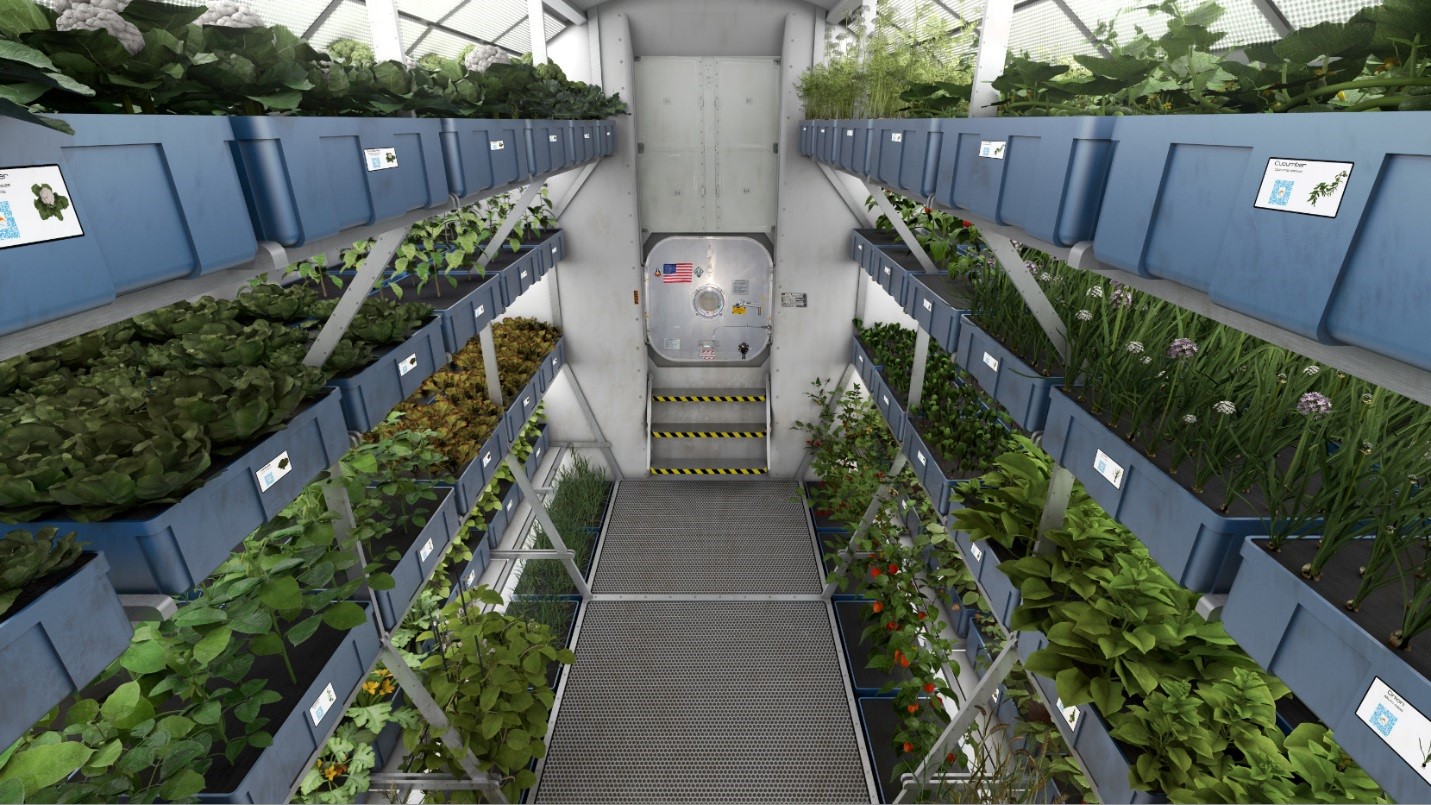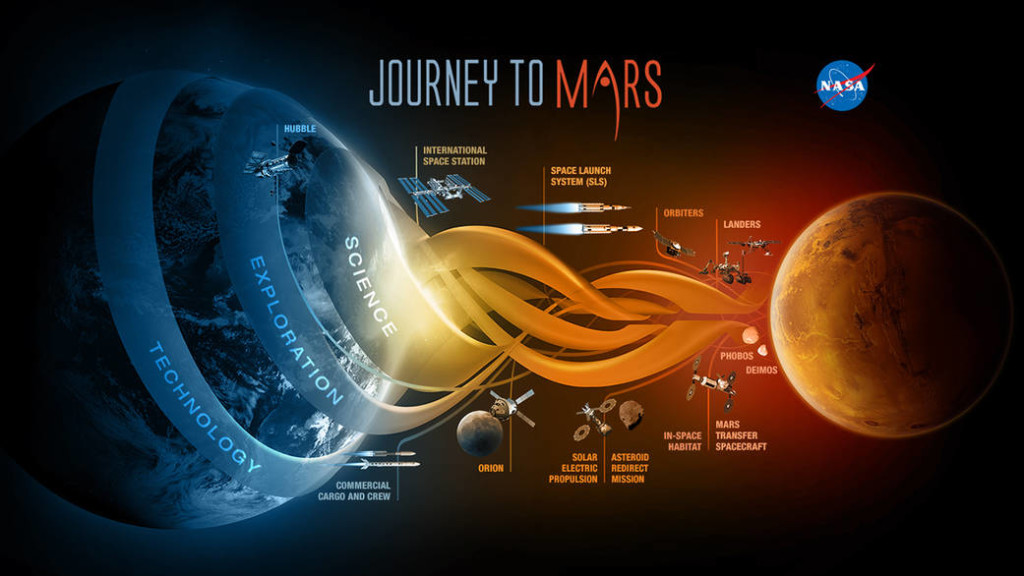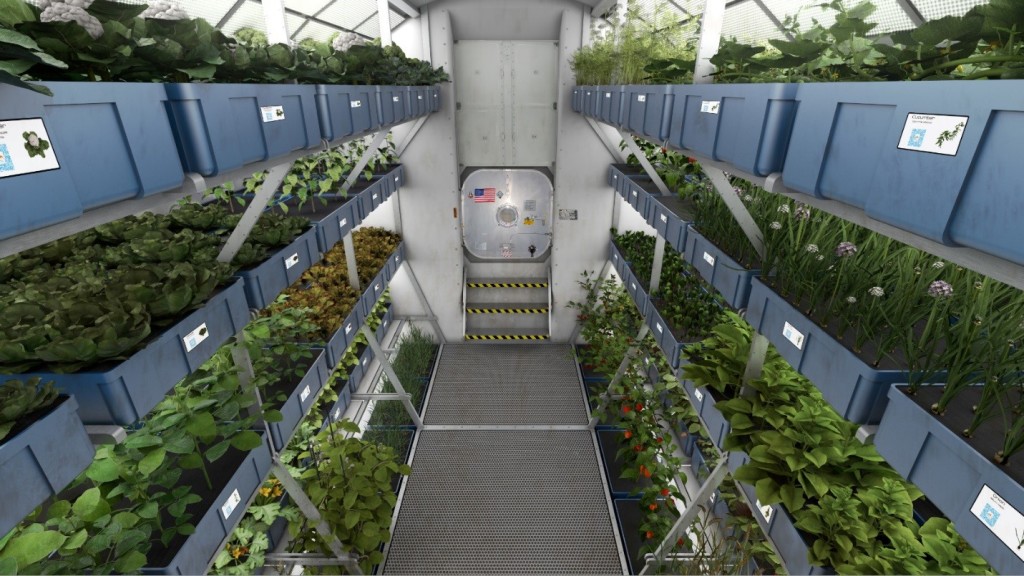Heading to Mars will be an incredible adventure for humans, and exciting strides continue to be made toward this goal.
When astronauts embark on this journey, it will be critical to have a self-sufficient food supply. To this end, NASA is developing a system called Hab Garden Racks. Featuring multiple shelves of hydroponic systems, astronauts using this system will be able to grow plants without soil, instead using mineral nutrient solutions in water. This system will check the nutrient solution, automatically adjust pH levels and add more water if needed. It also monitors the “garden” temperature, humidity, carbon dioxide and other parameters. Even though the system is mostly automated, astronauts will still need to support the system and determine the best time to harvest.
The system will have a research lab module and a plant module. Inside the plant module, there will also be a small plot for testing the ability of the Martial soil, or regolith, to be used as a rooting bed. Compost will be made from leaves and stems and incorporated into the regolith. The module will require humid air to circulate around all of the crops. Additionally, different crops will require different temperatures.
NASA is also developing new technologies that will enable humans to use local resources once they arrive at Mars. This process is known as in-situ resource utilization, or ISRU. It will involve producing oxygen, nitrogen and methane by mining local materials.
By developing a self-sufficient food supply system, NASA is one step closer to sending humans to Mars.



